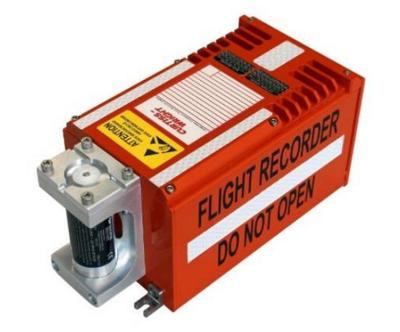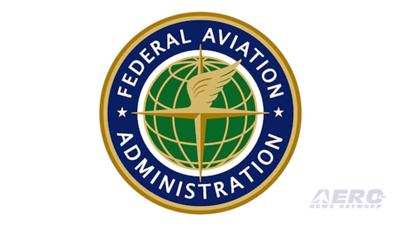Because 24 Hours …
Following a plethora of recent incidents involving runway incursions and emergent traffic conflicts between Part 121 aircraft, the Federal Aviation Administration has resolved to increase the archival capability of Cockpit Voice Recorders (CVR) from the thirty minutes of magnetic-tape designs and two hours of solid-state architectures to a comparatively expansive 25-hours.

If codified, the increase would stand as a major win for the National Transportation Safety Board, which has been pushing for such a mandate since 2018.
On Thursday, 16 March 2023, the FAA, in addition to proposing the revision of CVR orthodoxies, stated that it would establish an Aviation Rulemaking Committee tasked with exploring means by which to make greater use of data garnered by aircraft and their systems—to include expanded monitoring of flight data.
In a statement, the agency set forth: "We welcome any tools or resources Congress wants to provide to help us do this expeditiously.”
Owing to protracted elapsed flight times and conventional overwrite intervals, CVR data is missing in at least six of the near-miss incidents currently under investigation by the FAA and NTSB.
In a February interview, NTSB Air Carrier and Space Investigations Division chief Lorenda Ward articulately stated: "When we use the cockpit voice recorder, we download it, we transcribe it, and so we use that information to help supplement other data that we have, like from a flight data recorder.”

Citing a 13 January incident in which a Boeing 777-200 operating as American Airlines (AAL) flight 106 came perilously close to colliding with a Boeing 737-900 operating as Delta Air Lines (DAL) flight 1943 as the former aircraft attempted to depart New York’s John F. Kennedy Airport (JFK) from a runway other than that which it was assigned by Air Traffic Control, Ward set forth: "The reason it's important, I use the American Airlines recent one at JFK, is that we have a crew who cross over an active runway not aware, they take off and they continue on to London ... and the CVR gets overwritten. So now we have to rely on crew statements to find out what was going on in the cockpit—whereas if we have a cockpit voice recorder, we can kind of hear that occurring in real time, like if there's any kind of discussion, if there's any distraction noises, communications with [air traffic control], anything that might be occurring there in the cockpit."
Following the 13 January JFK incident, The NTSB subpoenaed the air-crew of American Airlines Flight 106 after the two pilots thrice refused the agency’s interview requests. The NTSB ascribed the crew’s reticence to concerns their respective statements would be audio-recorded for transcription

The NTSB contended the AAL crew "refused to be interviewed on the basis that their statements would be audio recorded for transcription,” adding: "The transcripts of each flight crew-member's account of the activities and conversation leading up to the runway-incursion is particularly important in the absence of a cockpit voice recording.”
The American Airlines Flight 206 crew agreed, subsequently, to be interviewed in compliance with the NTSB’s subpoena.
NTSB chair Jennifer Homendy remarked: "Twenty-five-hour CVRs don't just help all of us learn from accidents and incidents, it helps operators improve safety. The fact is, Europe has mandated 25 hours ... for over a year. We should do the same."
 Citation Operators Get Another Flight Data Connection for QA
Citation Operators Get Another Flight Data Connection for QA ANN's Daily Aero-Linx (06.01.25)
ANN's Daily Aero-Linx (06.01.25) NTSB Final Report: Bellanca 8GCBC
NTSB Final Report: Bellanca 8GCBC Aero-News: Quote of the Day (06.01.25)
Aero-News: Quote of the Day (06.01.25) Classic Aero-TV: High-Speed Match-up - Venom and GE Rebirth A Legend
Classic Aero-TV: High-Speed Match-up - Venom and GE Rebirth A Legend





